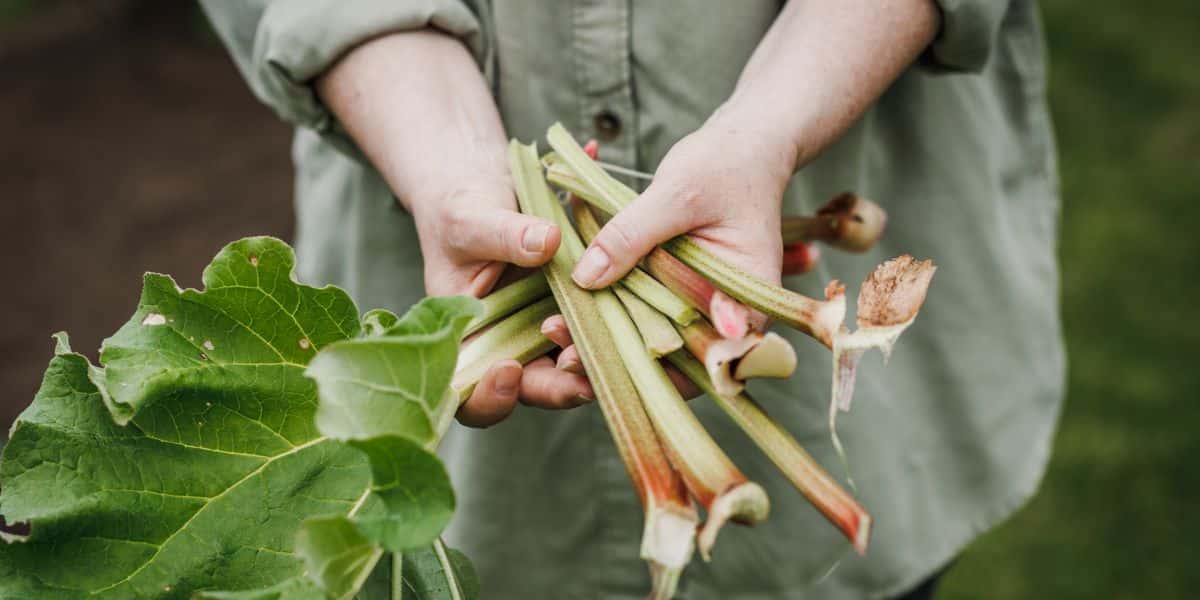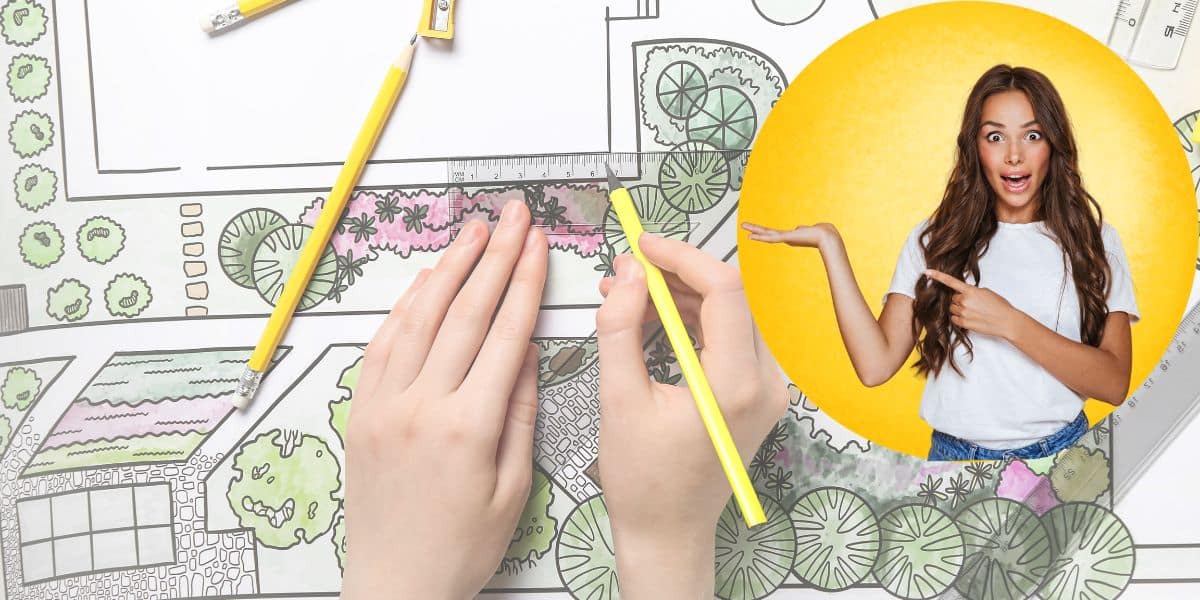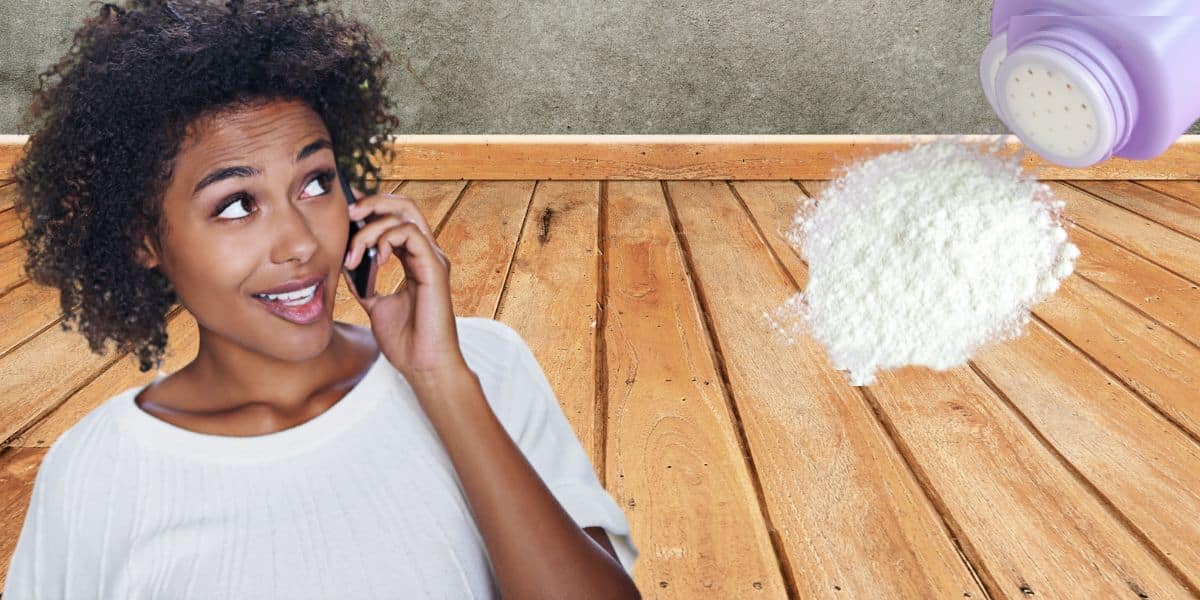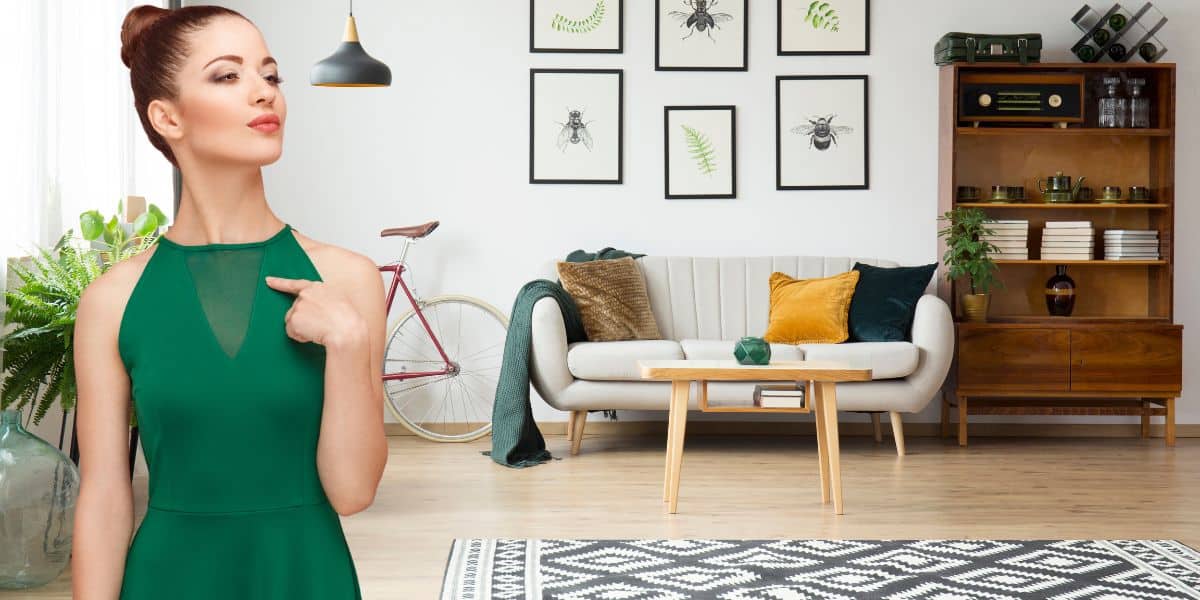🌱 Discover the secrets to successfully growing rhubarb! 🌿 With these 6 expert tips, you’ll master this easy-to-grow perennial vegetable. From optimal soil conditions to perfect planting times, learn how to achieve a bountiful harvest of this delicious and tart ingredient. 🍰
Growing rhubarb is a rewarding venture that can yield delicious results for your kitchen, allowing chefs and home cooks to create delightful desserts and dishes. Mastering the art of growing this beautiful perennial not only adds a pop of color to your garden but also provides a unique addition to your culinary collection. This article presents six expert tips that will guide you in successfully cultivating rhubarb, ensuring a vibrant and productive harvest.
Choosing the Right Location
The first step in growing rhubarb is selecting the perfect spot in your garden. Rhubarb thrives in a location that receives full sun, although it can also tolerate partial shade. Additionally, the chosen area should have well-drained soil. A fruitful plant requires space to grow—be sure to space your rhubarb plants at least 3-4 feet apart to allow for their large leaves.
Preparing the Soil
Rhubarb loves rich, nutrient-dense soil, so preparing the soil is essential for a successful harvest. Before planting, incorporate a generous amount of organic matter into the soil, such as compost or well-rotted manure. This preparation will help retain moisture while ensuring proper drainage, preventing waterlogging that could lead to crown rot.
Timing Your Planting
Successful rhubarb cultivation begins with choosing the right time for planting. The best time to plant rhubarb crowns is in the early spring or late fall. This timing allows for proper root establishment before the growing season begins. Rhubarb is a perennial, which means it will return year after year if maintained correctly, so getting off to a good start is crucial.
Watering Wisely
Maintaining adequate moisture levels is vital for healthy rhubarb growth. While rhubarb needs consistent moisture, it is imperative to avoid waterlogging. Ensure that the soil remains moist but not soggy. During dry spells, watering at the base of the plant is preferred, promoting deep root growth while preventing crown issues related to water. A mulch layer can also help retain moisture while suppressing weeds.
Pruning and Maintenance
Once your rhubarb is established, regular maintenance becomes essential. Prune any dead or damaged leaves to promote healthy growth and airflow around the plant. This process not only keeps your rhubarb clean but also prevents potential disease. The general rule is to harvest only the stalks while leaving a few leaves each season to keep the plant healthy and thriving.
Harvesting at the Right Time
Timing your harvest is critical for maximizing the flavor and health of your rhubarb. Wait until the stalks are at least 12 inches long for the best flavor. Gently twist and pull the stalks from the base to harvest, taking care not to damage the crown. It is recommended to avoid harvesting during the plant’s first year, allowing the roots to develop fully for a more robust plant in subsequent seasons.
FAQ
Q: What is the best time to plant rhubarb?
A: The optimal times to plant rhubarb crowns are in early spring or late fall.
Q: How much sunlight does rhubarb need?
A: Rhubarb grows best in full sun but can tolerate partial shade.
Q: How far apart should I plant my rhubarb?
A: Space rhubarb plants at least 3-4 feet apart to allow for their growth.
Q: How do I know when to harvest rhubarb?
A: Harvest when stalks are at least 12 inches long, twisting and pulling from the base.
Q: Can I grow rhubarb in clay soil?
A: Yes, but ensure it is well-drained to prevent waterlogged conditions.
Q: Should I prune rhubarb leaves?
A: Yes, removing damaged leaves promotes healthy growth and airflow.
Growing rhubarb can be an exciting and enriching experience, leading to not only a beautiful garden but also delicious home-cooked meals. With these expert tips, you will be well on your way to a thriving rhubarb patch. Remember to come back for more gardening insights and tips on how to beautify your home and share our articles with fellow gardening enthusiasts! 😊





